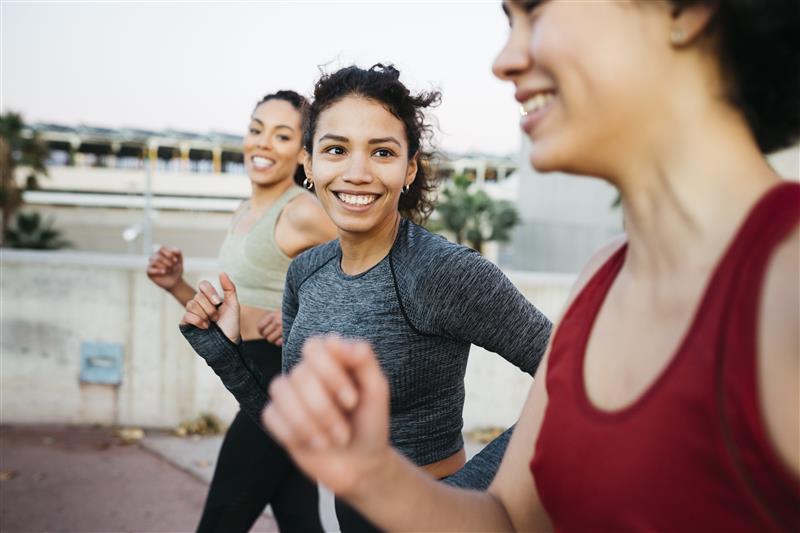Warm Up, Cool Down

Warming up and cooling down are good for your exercise performance — you’ll do better, faster, stronger — and for your heart since the increased work on the heart ‘steps up’ with exercise
Stretching also makes many people feel better during and after exercise and decreases muscle pain and stiffnessin some people. When done properly, stretching activities increase flexibility.
So what’s the big deal?
A good warm-up before a workout widens your blood vessels, ensuring that your muscles are well supplied with oxygen. It also raises your muscles’ temperature for the best flexibility and efficiency. By slowly raising your heart rate, the warm-up also helps minimize stress on your heart.
Warming up before any workout or sport is critical for preventing injury and prepping your body.
Warming up, such as low-heart rate cardio, prepares the circulatory and respiratory system for the upcoming ‘age- and type-appropriate target heart rate’ exercising.
The cool-down is just as critical. It keeps the blood flowing throughout the body. Stopping suddenly can cause light-headedness because your heart rate and blood pressure drop rapidly.
Warm up
Before you exercise, think about warming up your muscles like you would warm up your car. It increases the temperature and flexibility of your muscles, and helps you be more efficient and safer during your workout. A warm-up before moderate- or vigorous-intensity aerobic activity allows a gradual increase in heart rate and breathing at the start of the activity.
Tips:
- Warm up for 5 to 10 minutes. The more intense the activity, the longer the warm-up.
- Do whatever activity you plan on doing such as running, walking, or cycling at a slower pace (jog, walk slowly).
- Use your entire body. For many people, walking on a treadmill and doing some modified bent-knee push-ups will suffice.
Cool down
Cooling down after a workout is as important as warming up. After physical activity, your heart is still beating faster than normal, your body temperature is higher and your blood vessels are widened. This means if you stop too fast, you could feel sick or pass out. A cool-down after physical activity allows a gradual decrease at the end of the episode.
It’s good to stretch when you’re cooling down because your limbs, muscles and joints are still warm. Stretching can help reduce the buildup of lactic acid, which can lead to muscles cramping and stiffness.
Tips:
- Reduce your walking speed for 5–10 minutes to allow your heart rate to slow down.
- Stretching:
- Hold each stretch 10 to 30 seconds. If you feel you need more, stretch the other side and return for another set of stretching.
- The stretch should be strong, but not painful.
- Do not bounce.
- Breathe while you’re stretching. Exhale as you stretch, and inhale while holding the stretch.
Do your body a favor. Take time to gradually progress into your workout and cool down when you’re done.






